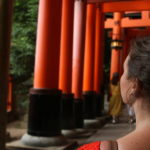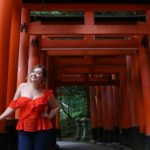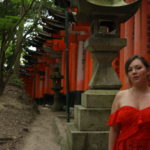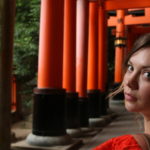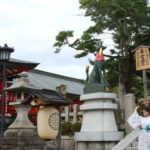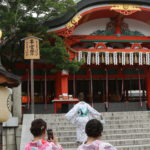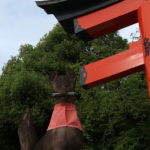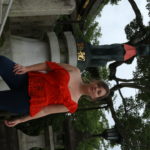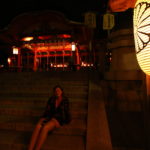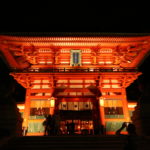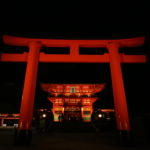ASIACitiesCouplesDestinationsFemale TravelJapanPeoplesTravel GuideType of TravelYour next trip
Travel Guide: Fushimi Inari Taisha, Kyoto.
The famous Red Torii in Kyoto, Japan
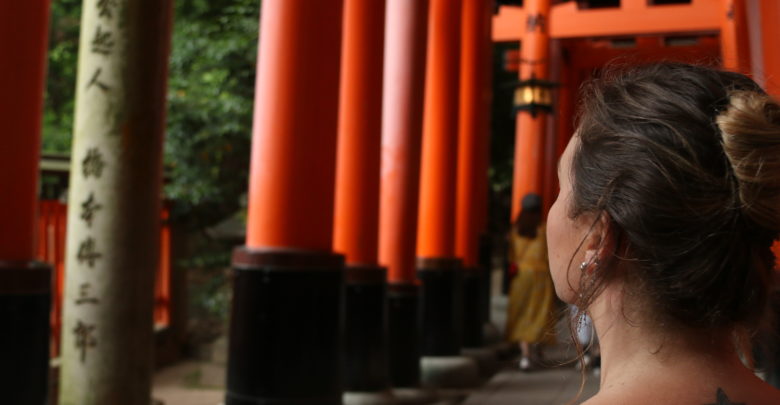
Table of Contents
Here’a a quick travel Guide for Fushimi Inari Taisha located in Kyoto, one of the prettiest cities in Japan.
Sure you’ve seen these red structures in a thousand photos of trips to Japan.
But maybe you have no idea what they are or what they represent.
Before you go on, I want you to know that this was my favorite place in all of Japan and I’m pretty sure you’ll love it too.
What is the Sanctuary Fushimi Inari
First of all, you should know that this is a Shinto shrine of Fushimi Inari and is located south of Kyoto.
This sanctuary is the oldest, it exists since the VIII century, and it is one of the most important and visited places in all Japan.
The best thing is that it is open 24 hours, and although at night you can not appreciate very well, it’s worth a try.
A little history
Inari is the god of rice, which is why it is the patron of the merchants.
Being one of the most popular gods, this temple has thousands of toriis (red columns) that have been donated by traders for Inari to send them good harvest and sales.
During the tour you will find many statues of foxes, as this animal was the messenger of Inari, known as “Kitsune”.
Often they usually have a key in their mouth, which represents the place where the rice is stored and, in other words, wealth.
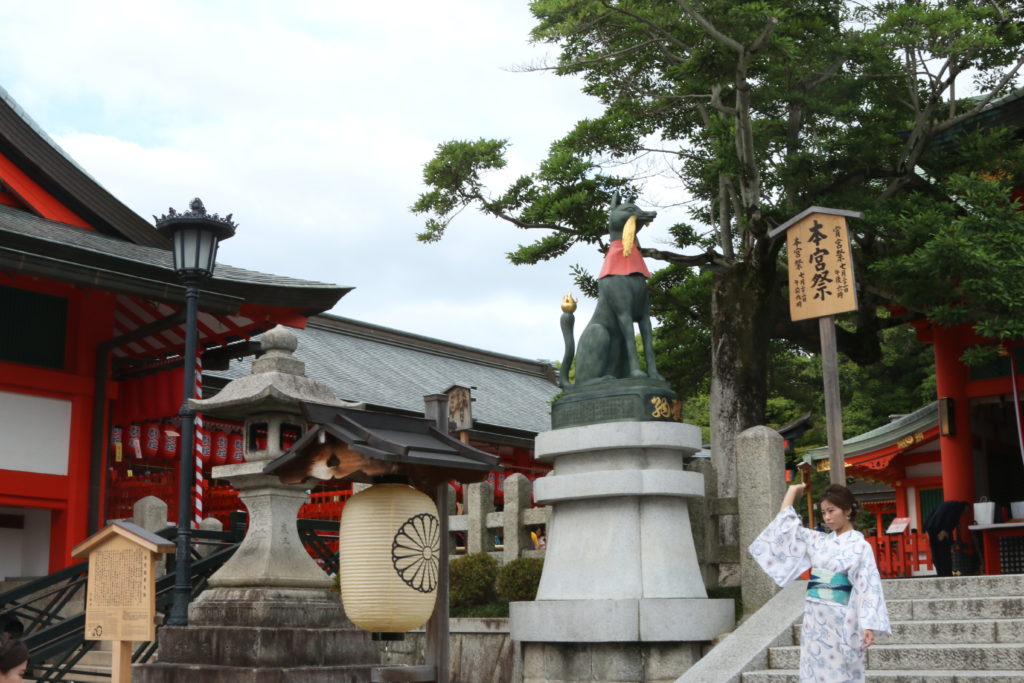
It’s a long way, but do not hesitate to walk these 4 kilometers, I promise you’ll find every spot very special and interesting things all the way.
Wanna wear a kimono? Check out my blog about this.
How to get there
You can arrive by JR Inari Station, which is included in the JapanRail Pass, using the JR Nara line and enter the sanctuary through the door Romon which is the main one that is just after the great Torii.
After the access door you get to the Honden hall, where different buildings are that consecrate the 5 deities of Mount Inari.
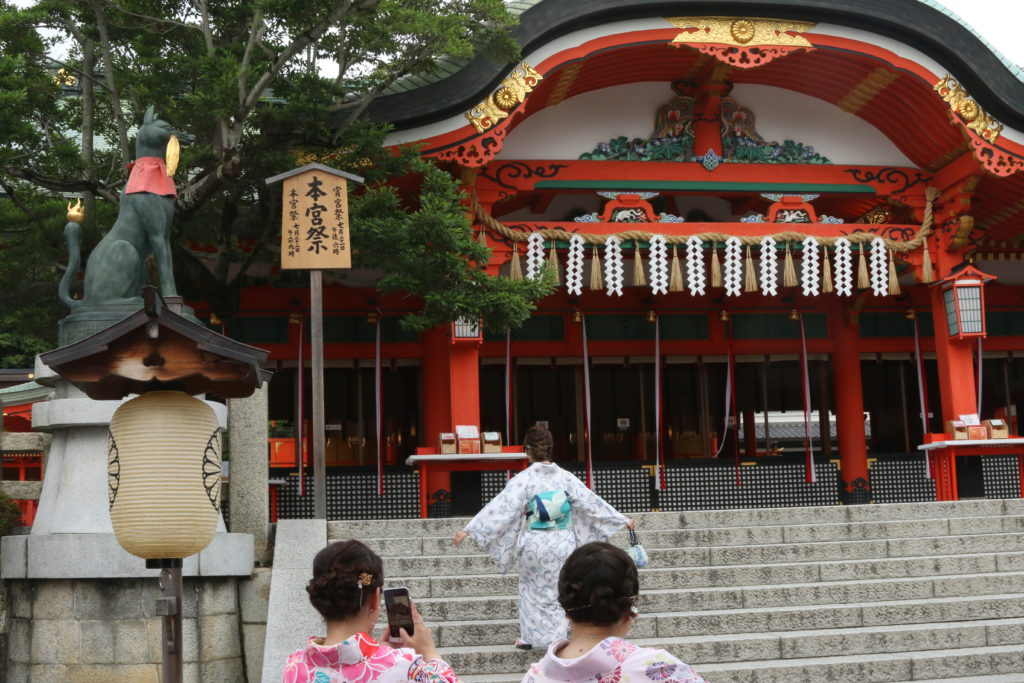
Now you are ready to climb the Mount Inari by the thousand Gates or Senbon Torii.
What is the meaning of the Torii doors?
Since the Edo period (1603-1868) Many people have donated torii doors to ask and thank Inari for favors.
At the end of the road lies the prayer hall of the shrine called Okuno-in. This is where people ask for their wishes.
In fact there are some lamps called Omokaru-ishi that is said if you lift the top and weigh less than you thought they would, your desire will come true.
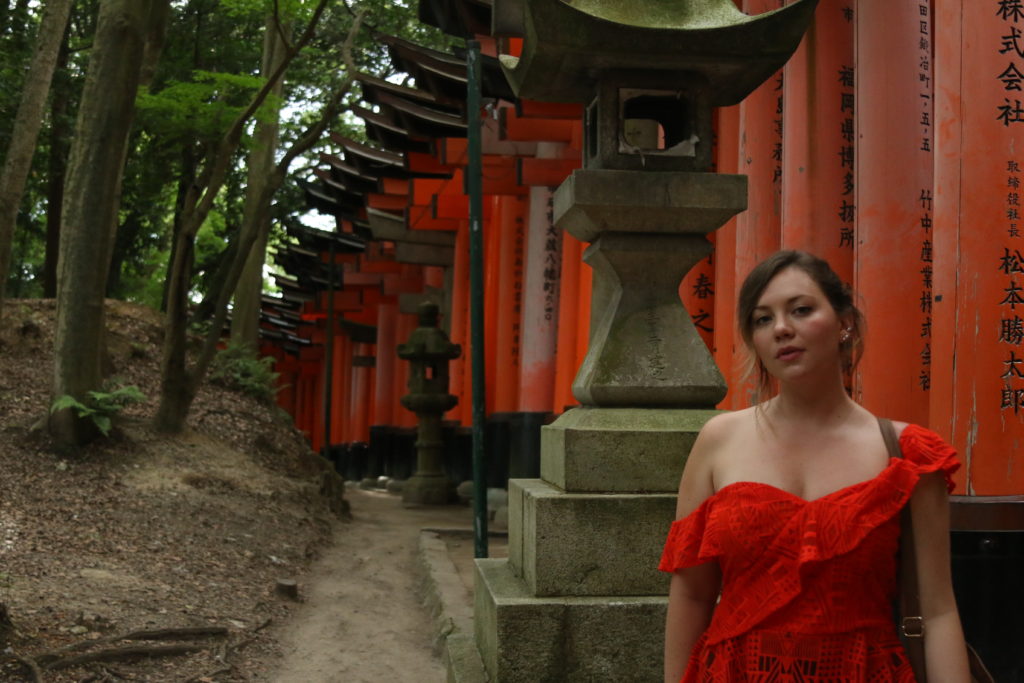
During the tour you will encounter different internal sanctuaries, all have a special meaning and the truth is that the tour is amazing but a little tired.
Make a wish
If you want to make a wish you can buy a piece of wood in the form of a fox and leave it in the sanctuary.

I also recommend visiting it at night, it is a completely different experience, but very special.


